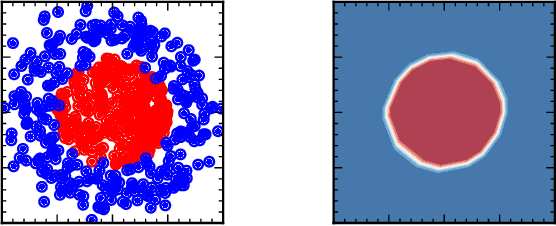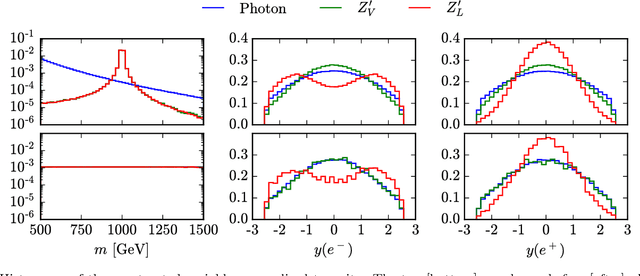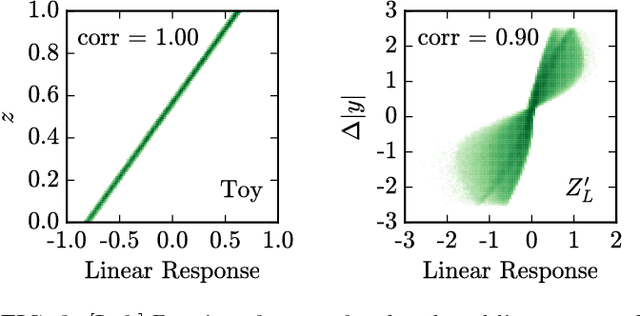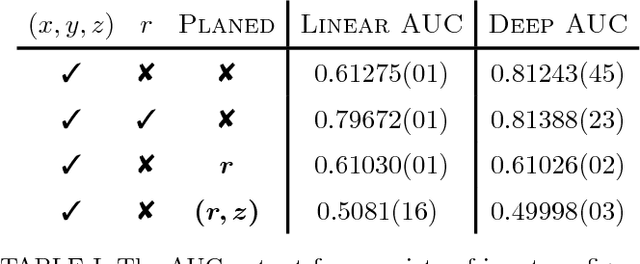Spencer Chang
What is the Machine Learning?
Mar 28, 2018



Abstract:Applications of machine learning tools to problems of physical interest are often criticized for producing sensitivity at the expense of transparency. To address this concern, we explore a data planing procedure for identifying combinations of variables -- aided by physical intuition -- that can discriminate signal from background. Weights are introduced to smooth away the features in a given variable(s). New networks are then trained on this modified data. Observed decreases in sensitivity diagnose the variable's discriminating power. Planing also allows the investigation of the linear versus non-linear nature of the boundaries between signal and background. We demonstrate the efficacy of this approach using a toy example, followed by an application to an idealized heavy resonance scenario at the Large Hadron Collider. By unpacking the information being utilized by these algorithms, this method puts in context what it means for a machine to learn.
* 6 pages, 3 figures. Version published in PRD, discussion added
 Add to Chrome
Add to Chrome Add to Firefox
Add to Firefox Add to Edge
Add to Edge